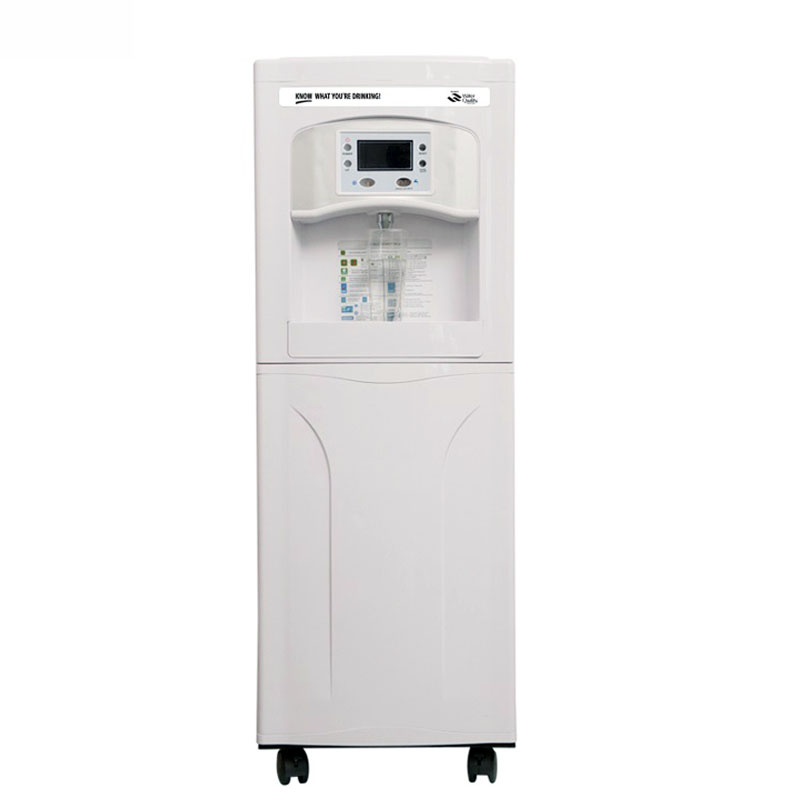The water body is affected by human activities, so that the sensory, physicochemical properties, chemical composition, biological composition and sediment condition of water deteriorate. Water pollution reduces the use value of water, causes harm to aquatic organisms and water users, and aggravates the contradiction of water shortage. With the growth of population and the development of social economy, water pollution has become more and more serious, and it has become one of the most prominent environmental problems today.
According to the polluted water bodies, there are surface water (rivers, lakes, oceans) pollution, groundwater pollution and precipitation pollution. Surface water pollution is mainly caused by sewage discharge, while groundwater pollution is mainly caused by sewage infiltration. Precipitation pollution is mainly caused by exhaust gas emissions. For example, a large amount of sulfur-containing exhaust gas may cause acid rain.
According to the nature of pollutants causing water pollution, it can be divided into three categories:
1. Chemical pollutants. Including inorganic pollutants and organic pollutants. There are many types, large quantities and strong toxicity of such pollutants. They will act on the ecosystem in a long-term, trace and complex manner, which can cause poisoning, teratogenicity, carcinogenicity to humans and organisms, and endanger their healthy survival and development.
2. Biological pollutants. For example, pathogenic microorganisms have caused serious plague epidemics in history. It is still the most important type of pollution in some underdeveloped countries.
3. Physical pollutants. Such as heat, radioactive pollutants, turbidity, etc., will also cause harm to the ecosystem.

According to the distribution characteristics of pollution sources, it can be divided into two categories: point pollution sources and surface pollution sources. A point pollution source is a pollution source that emits pollutants in a single or small area. It is mainly domestic sewage and industrial wastewater discharged from towns and industrial and mining enterprises. Surface pollution sources refer to pollution sources that disperse pollutants into water bodies with surface runoff. Chemical fertilizers, pesticides, etc. applied in farmland, and acid rain in the atmosphere may partially enter the water body and cause pollution. In addition, the leakage of toxic substances or oils during production or transportation will cause sudden water pollution.
Water, mainly surface water, has a certain self-purification ability, that is, during the movement of water, the concentration of pollutants will naturally decrease over time due to biological, chemical and physical effects. However, if the content of pollutants in the water body exceeds its self-purification capacity, the water quality will be difficult to recover naturally. At this time, in order to protect the water environment, it is necessary to take water pollution prevention and control measures, such as formulating relevant laws and regulations, strengthening water quality monitoring, adopting new technology and equipment for harmless production, establishing sewage treatment plants, and using economic means to reduce sewage discharge.
Water pollution is increasing, causing water scarcity. Therefore, people need air water generator, which can produce water from the air. If you are interested in atmospheric generators, welcome to Accairwater.com to learn more.

 online service
online service sale@accairwater.com
sale@accairwater.com +86 18559227773
+86 18559227773